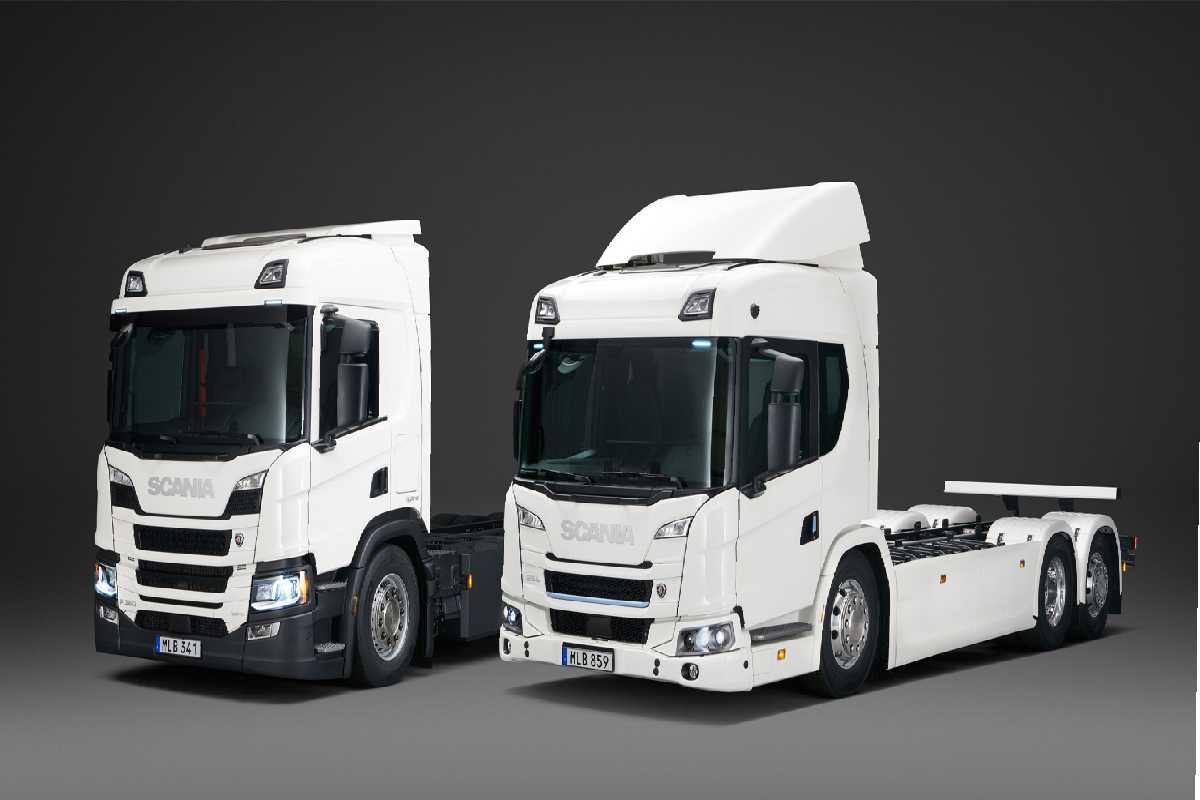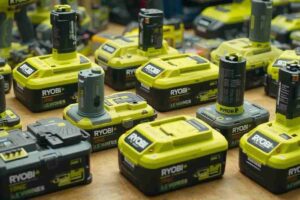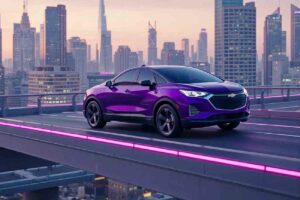
Scania Long Distance Battery Electric Trucks
Scania long-distance battery electric trucks. The goal of Scania is to take the lead in the transition to a sustainable transportation system. The primary means of bringing about this change and enabling low-carbon transportation options with higher customer convenience will be battery electric vehicles.
Development
- The fast growth of battery technology in energy storage capacity per kilogram is part of the rapid development of electric solutions for heavy-duty vehicles.
- Time spent charging, number of charging cycles, and cost per kg is rapidly improving. It implies that these solutions will become more economically sound, especially in repeated and predictable applications.
- In most transport applications, they will gradually surpass Scania’s market-leading fossil and biofuel-powered systems.
- The company has already introduced a plug-in hybrid truck and a fully electric truck.
- Scania intends to roll out long-distance electric trucks that can transport a combined weight of 40 tonnes for 4.5 hours and fast charge during the drivers’ required 45-minute rest period in a few years.
- Scania anticipates that by 2025, electrified cars will make up about 10% of our overall vehicle sales in Europe, and by 2030, 50% of our total vehicle sales will be electrified.
Electric Battery Vs. Hydrogen Scania
- Scania is the only heavy-duty vehicle manufacturer with vehicles in use with customers and has invested in hydrogen technologies.
- These preliminary experiments have provided the engineers with insightful information, and work will continue.
- Though, the use of hydrogen for such applications will be restricted in the future because a hydrogen truck requires three times as much renewable electricity as a battery-powered truck.
- Notably, the creation, delivery, and conversion back to electricity all waste a significant amount of energy.
Repair and Maintenance
- A hydrogen vehicle will cost more than a battery-electric vehicle since it has more complicated systems, like a giant air- and cooling system. In addition, hydrogen is a volatile gas that needs extra upkeep to maintain safety.
- If created environmentally responsible, hydrogen will be a crucial component in the decarbonization process. Hydrogen is a promising energy transporter and an excellent means to store energy over extended cycles.
- The use of hydrogen will increase across several industries. Thus Scania is eager to source steel that is free of fossil fuels for its trucks.
- An essential part of the electric charging system is stationary fuel cells.
Solution
- This approach holds particular promise in regions with a wealth of renewable energy sources and remote places without access to the primary electricity grid.
- “We are open to all ideas to act in a way that benefits our clients’ overall operational economy and the environment. Scania focuses on a combination of renewable fuels and battery electric vehicles in the near and medium terms. We observe that across essentially all segments, says Vlaskamp.
- Devoted to acquiring more electric goods According to Scania’s science-based climate goals, the firm must lower CO2 emissions from its operations by 50% by 2025 as well as from customers’ vehicles by 20% during that time.
- Scania’s emphasis is on well-to-wheel, which is stricter than many upcoming legislative rules focused on tank-to-wheel, to achieve these lofty goals.
- Every year, the company pledges to provide at least one new electric product application for the bus and truck market.
- Nevertheless, building a solid infrastructure for battery electric vehicles remains a top social priority.
- “Scania is focused on the business of our clients. “Transport operators must be able to complete tasks sustainably at a fair price,” says Vlaskamp.
Also Read: Autopilot in EV’s


